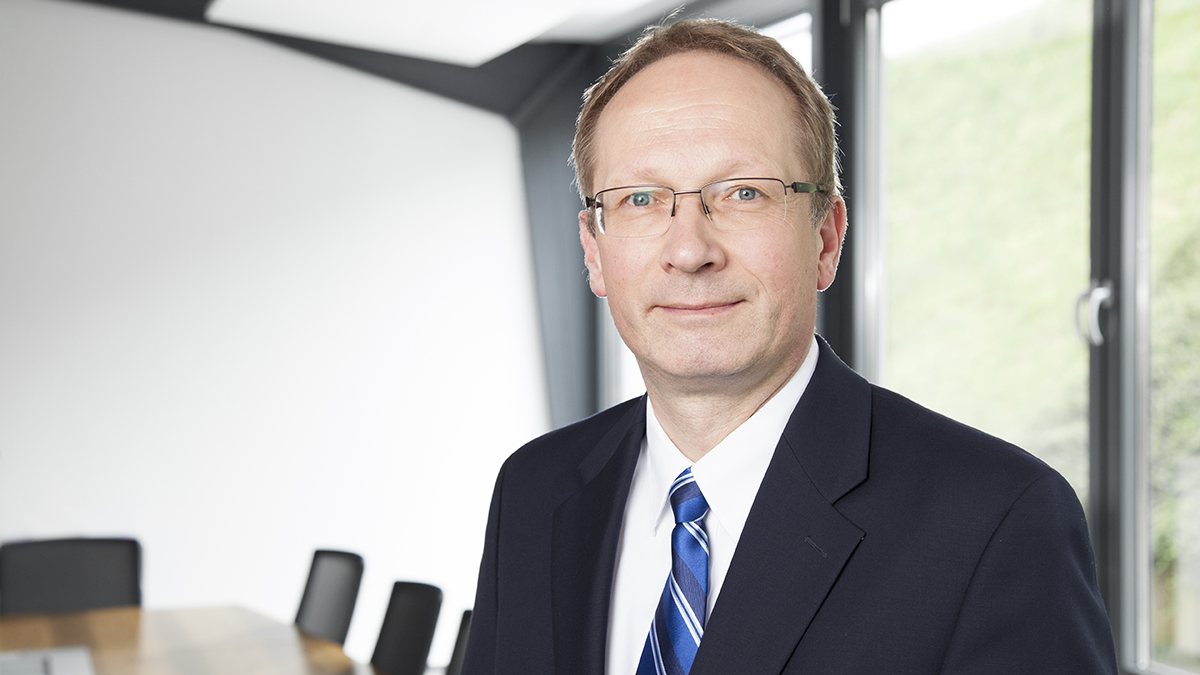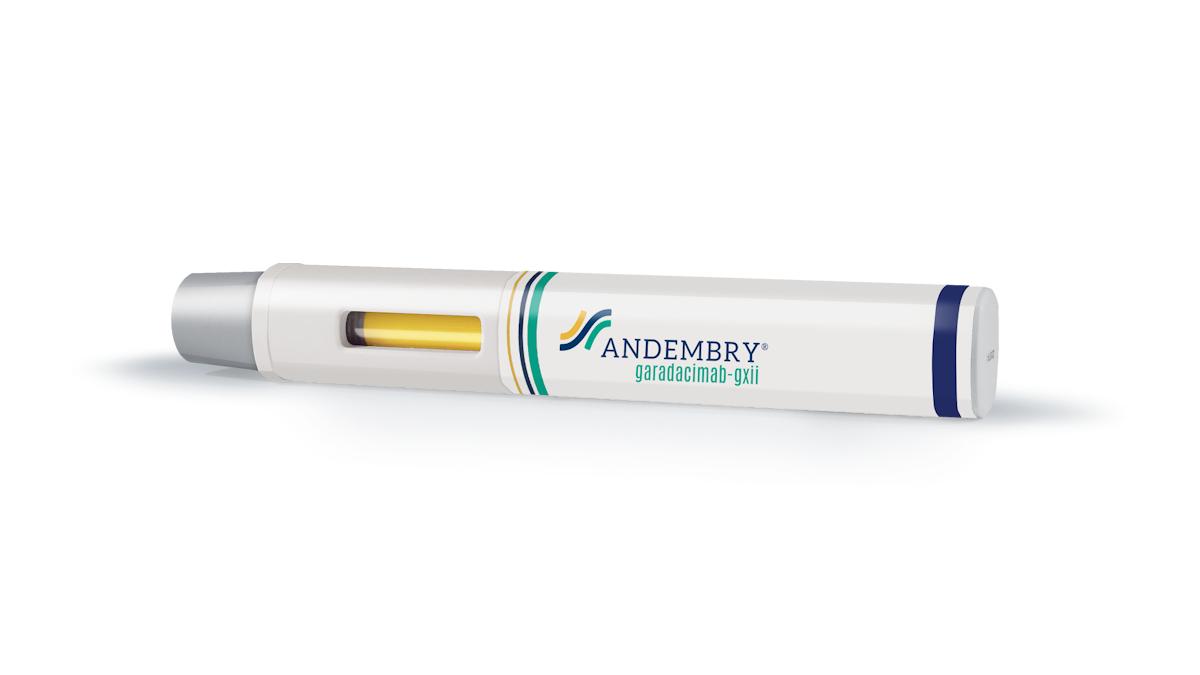Taking plasma from donor to patient

Lutz Bonacker from CSL Behring tells us about the unique aspects of working with plasma-derived medicines and how they have shaped the company’s approach to working with and for patients.
CSL Behring, a company that belongs to Australia’s CSL, has recently been expanding its portfolio by diversifying into several innovative technology and therapy areas, but it nevertheless retains a strong, core focus on plasma-derived medicines – including its immunoglobulins, Privigen and Hizentra, as well as its alpha1-proteinase inhibitor Respreeza for emphysema.
So, while CSL Behring has invested in new platforms that build on both gene therapy and recombinant technology, the company still sees the inherent value that its plasma-derived products continue to bring to patients, placing them and their needs are the forefront of the development process.
Working with plasma – a valuable, raw material, with its supply reliant on volunteer donors – is not without its quirks, though.
Lutz Bonacker, the company’s senior vice president and general manager, commercial operations Europe, explains: “We fractionate the plasma, breaking it down into the different protein components, making sure they’re purified, safe, effective and well-formulated so that they can be administered back to the patients in a manner that is convenient for them. So for plasma-based drugs it’s often not just the end result that defines the product but the entire process, and we have to keep that in mind.
“Another major difference with working in plasma, rather than traditional pharmaceuticals, is the long lead times needed across the entire manufacturing chain – it’s not like having a small molecule that you can manufacture within a relatively small amount of time,” he adds. It takes 9-12 months from donation to the production of a finished plasma-derived medicine.
“Then there is the need to make sure that there are sufficient numbers of volunteers who are willing to donate the vital plasma that will be used in order to manufacture our products.” To this end, the company has set up over 200 plasma collection centres across Europe and North America and it is looking to expand this effort. “We are aiming to open about 30 more this year and our goal is to exceed this in 2020,” Bonacker says.
“Opening a plasma centre requires a consideration for additional funding, and it takes four-to-six months to build. Moreover, prior to opening – and until the plasma is truly available for manufacture – you need to do a lot of regulatory pre-work, which could take another six-to-eight months. Finally, once these requirements have been fulfilled, and once the centre is open and the volunteers are coming in to donate, it still takes months until you have a finished product coming out of plasma donated at that centre.”
That is the full process in a nutshell, but this can be broken down further. “You also really need to be able to invest into the infrastructure so that you can actually take the plasma and fractionate it. Together with the regulatory component, it can take five years to expand the fractionation capacity. Before you make a firm move in this direction, though – and given the level of financial investment and human effort needed – you need to do your homework and anticipate in what direction the market’s headed.”
“All this means is that, if we’re asked today whether can we produce more of a specific product tomorrow, we can – but only in the context of having products available from the plasma at the existing capacity. However, if someone was to ask us to step in and double or triple the amount of product we manufacture, then that might require time.”
While the development process is time-consuming and complex, the manufactured products are life-saving for rare disease patients, and explaining this is another essential part of CSL Behring’s job. “We’re working hard to make sure that all the stakeholders understand the value that plasma derived drugs bring to the table.” What’s more, they need to recognise that sometimes these types of products may need different considerations, as they are not traditional pharmaceuticals. If they understand and respect lead times where possible, then it’s much easier to make sure we meet the demands of the patients that require the product.”
Patient focus
Like most rare disease companies, CSL Behring has to have a sharp awareness of how the disorders it treats affect patients, and Bonacker says the company has found multiple ways to optimise its patient-focus efforts. “What we’ve tried to do is listen to what the needs of patients are right from the beginning and to meet them as much as we can, including by looking at patient reported outcomes,” says Bonacker.
“For example, there are several different ways you can administer immunoglobulin therapies like ours, and the one you choose might depend on the patient’s own daily schedule. They could go to the hospital for an intravenous infusion, which typically takes a couple of hours. Or they might choose a subcutaneous injection which is much more flexible.” This allows a patient, once educated, to inject in intervals that can vary from daily, up to two weeks.
“Nevertheless, both Intravenous and subcutaneous administration are good options and occasionally, we see patients switching between the two, based on their life situations. So this is an important component that we’re continually investing in to make sure we are able to supply the growth of the market going forward for the future.”
Even before these types of products have reached the patient, though, a rare disease can prove challenging for a physician. “Sometimes physicians haven’t had a lot of experience diagnosing a given rare disease, and this is an area in which CSL Behring steps in to help, in terms of promoting both education and awareness. “I’ve sometimes heard an example used that when a physician hears hoofbeats they think of horses, but it might be a zebra.”
Beyond the physician, the company also has a history of ensuring that it can support rare disease patients through an additional, collaborative approach. “We look at where we might have aligned interests for collaboration to help patients with rare and serious disorders to receive better treatment, and we have partnerships with organisations such as the World Federation of Hemophilia (WFH).”
The company has certainly built itself up into a rare disease specialist, but this has not stopped it from looking further afield. For example, CSL Behring currently is running phase III trials of CSL112 for the treatment of early recurrent cardiovascular events after an acute myocardial infarction. This is its first foray into cardiovascular disease, an area that requires much larger trials than it is used to doing, but Bonacker says they are applying many of the same principles as for smaller patient populations.
“Why do we believe cardiovascular is interesting?” he asks. “Firstly, it is clear that cardiovascular disease is a leading cause of death globally, and for survivors of cardiovascular events, the risk of recurrence is high. With CSL112 we want to establish a leading hospital-initiated solution to help prevent that.
“We have been looking to ensure that we really understand where the unmet need actually is and we have discovered that in that immediate period after the initial event has occurred, the patient does not have sufficient therapy options. By focusing on this period, we hope to be able to provide additional protection against recurrent cardiac events.”












